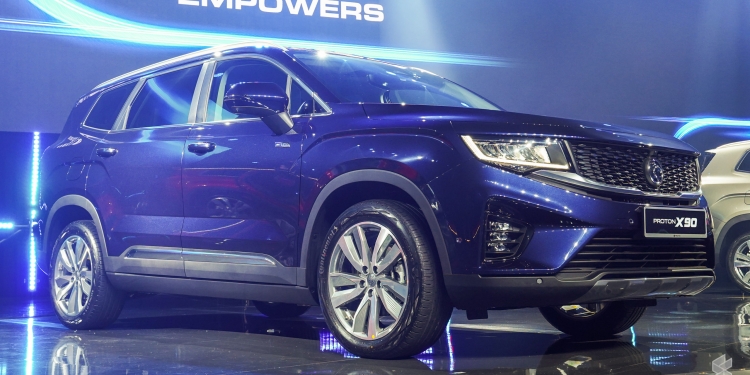At long last, the Proton X90 has been launched in Malaysia by Prime Minister Anwar Ibrahim today, marking the company’s first foray into the three-row SUV market. As the name suggests, the car supplants the X70 as the national carmaker’s most expensive model yet, but it’s also its largest and most powerful and offers plenty new for the brand.
Proton X90 Malaysia pricing and availability
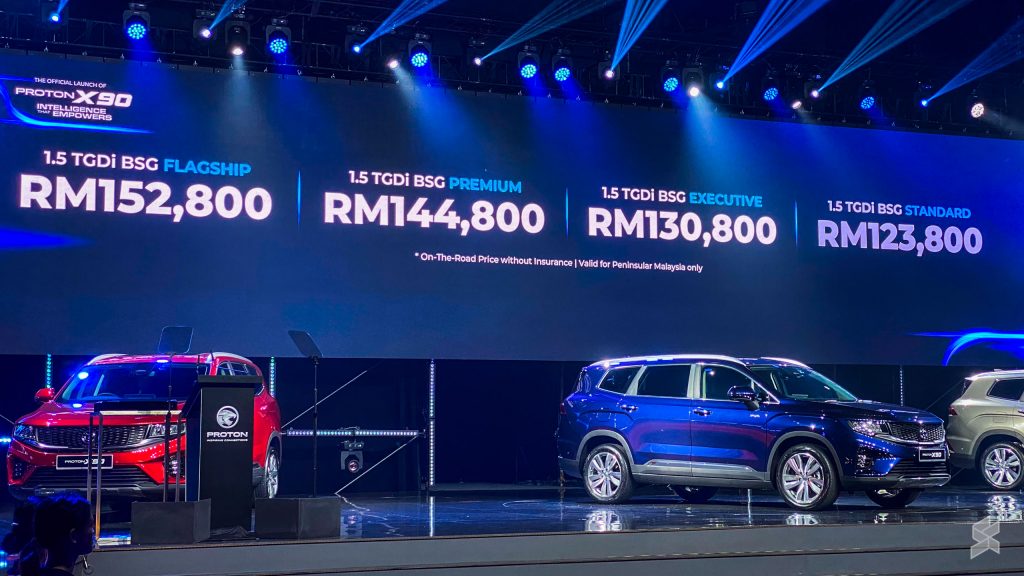
The X90 is being offered in no less than four variants—Standard, Executive, Premium and Flagship—all powered by the same mild hybrid 1.5-litre engine. Prices are as follows:
- Proton X90 1.5 TGDi BSG Standard – RM123,800
- Proton X90 1.5 TGDi BSG Executive – RM130,800
- Proton X90 1.5 TGDi BSG Premium – RM144,800
- Proton X90 1.5 TGDi BSG Flagship – RM152,800
Prices are on-the-road without insurance, inclusive of a five-year, unlimited-mileage warranty, a five-year data package of up to 1GB per month and six times free labour for servicing. The first 4,000 bookings will also come with an additional five-year data package of 4GB per month, a Proton X-Watch worth RM1,499 and an accessories package (including footwell lighting, coil mats and boot tray) worth RM779.
Proton X90 power and performance
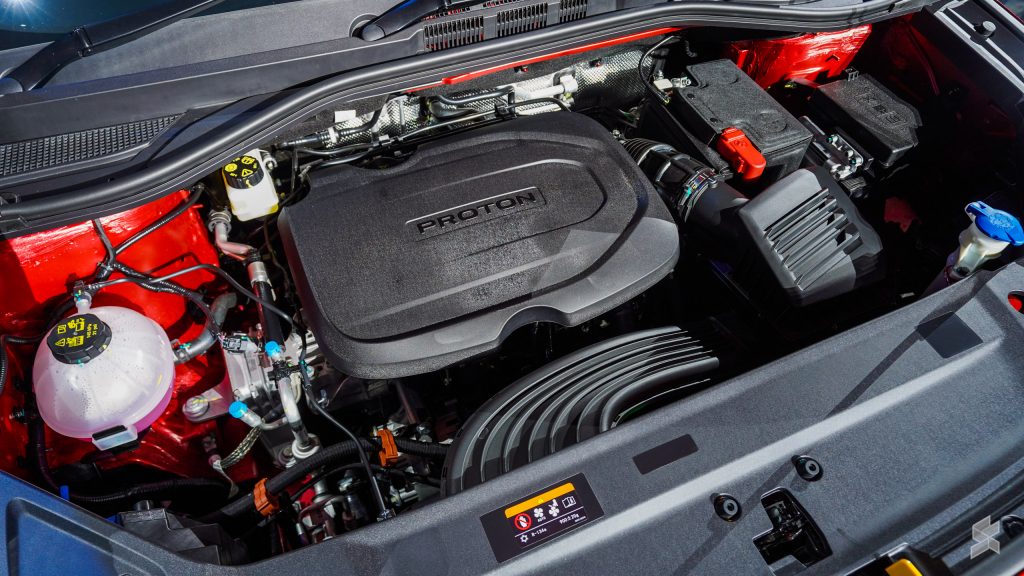
At the heart of the X90 is Proton’s 1.5-litre direct-injected and turbocharged three-cylinder engine, the product of a collaboration between joint venture partner Geely and Volvo. It currently powers the X50 and X70, but here it’s supplemented by a mild hybrid system consisting of a 48V belt starter-generator (BSG), along with a lithium-ion battery underneath the boot floor.
Altogether, the mill produces 187hp and 300Nm of torque, increases of 12hp and 45Nm over the pure petrol version in the X50 and X70. While Proton has not released any concrete acceleration numbers, the company is claiming up to 10% quicker acceleration (versus the smaller X70) from a standing start and, more importantly, up to 15% quicker acceleration when overtaking. Carbon dioxide emissions have also been reduced by up to 13%, with Proton quoting a combined fuel consumption figure of 6.8 litres per 100km.
With the mild hybrid system, the X90 also features automatic engine stop/start, ensuring a more seamless startup and enabling the engine to shut down when decelerating from speeds below 15km/h. All this is mated to the same seven-speed wet dual-clutch transmission as the X50 and X70.
Based on Geely Haoyue, fights Mazda CX-8
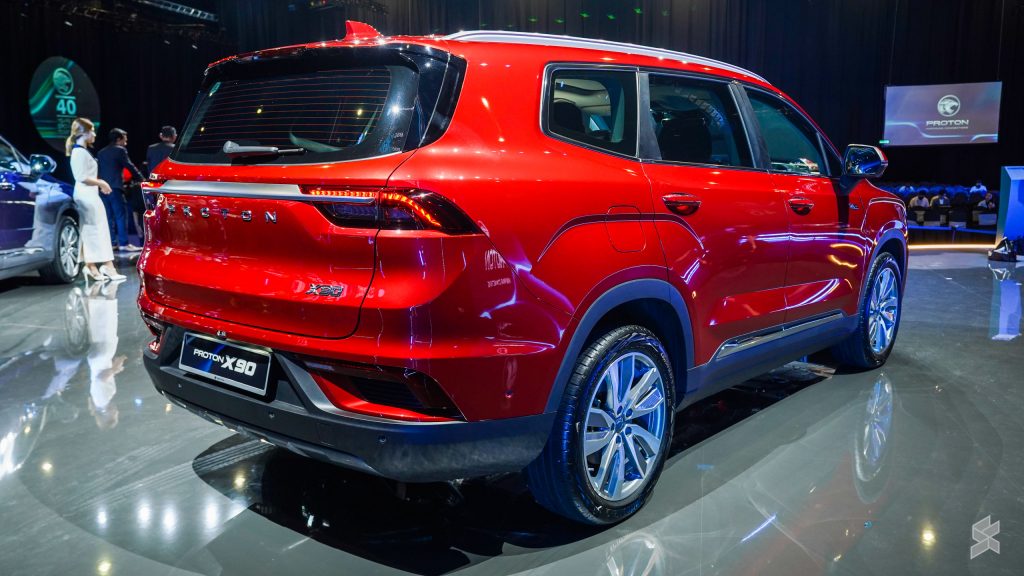
As some of you will have already know, the X90 is a rebadged version of China’s Geely Haoyue, known in international markets as the Okavango. That makes it a competitor to the likes of the Mazda CX-8, Nissan X-Trail, Volkswagen Tiguan Allspace and Peugeot 5008. Measuring 4,835mm long, 1,900mm wide and 1,780mm tall—plus a 2,815mm wheelbase—the Proton is about the same size as the CX-8 (65mm shorter, 60mm wider and 50mm taller, with a 115mm shorter wheelbase) and larger than the others.
In terms of looks, the X90 is practically unchanged from the Haoyue, retaining the angular design with squarish LED reflector headlights, large grille, blocky wheel arches, upswept window line, slim LED taillights and a bumper-mounted rear number plate. The only differences are the Proton front crest and rear script, along with a “diamond” front grille—inspired by songkets, Proton claims—that is very similar to the Mercedes-Benz A-Class.

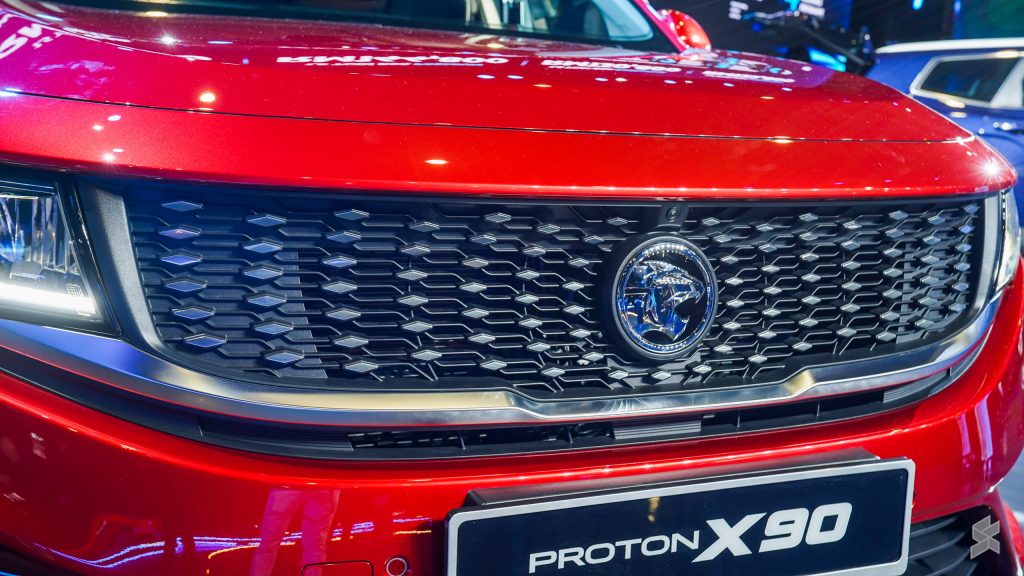
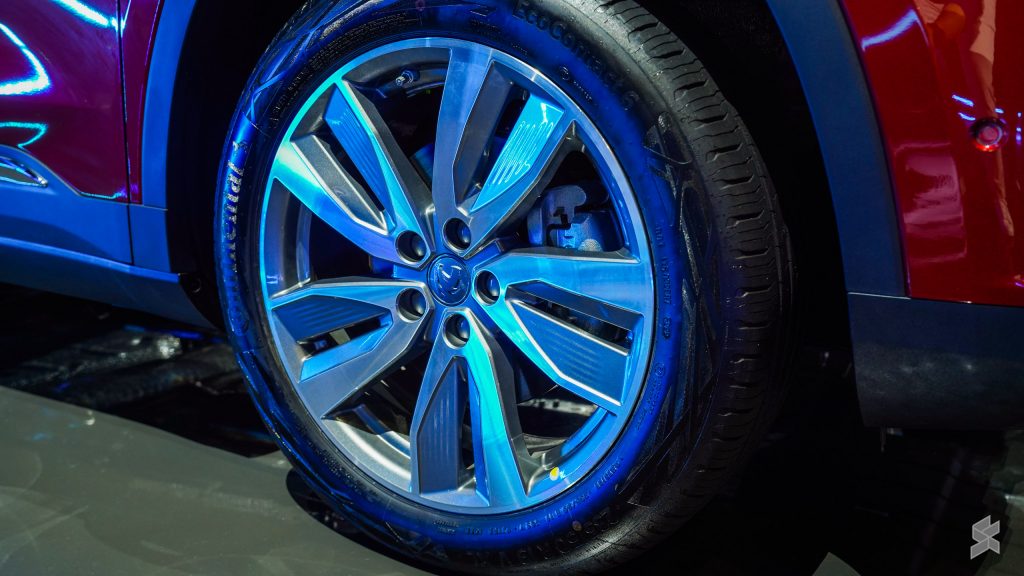
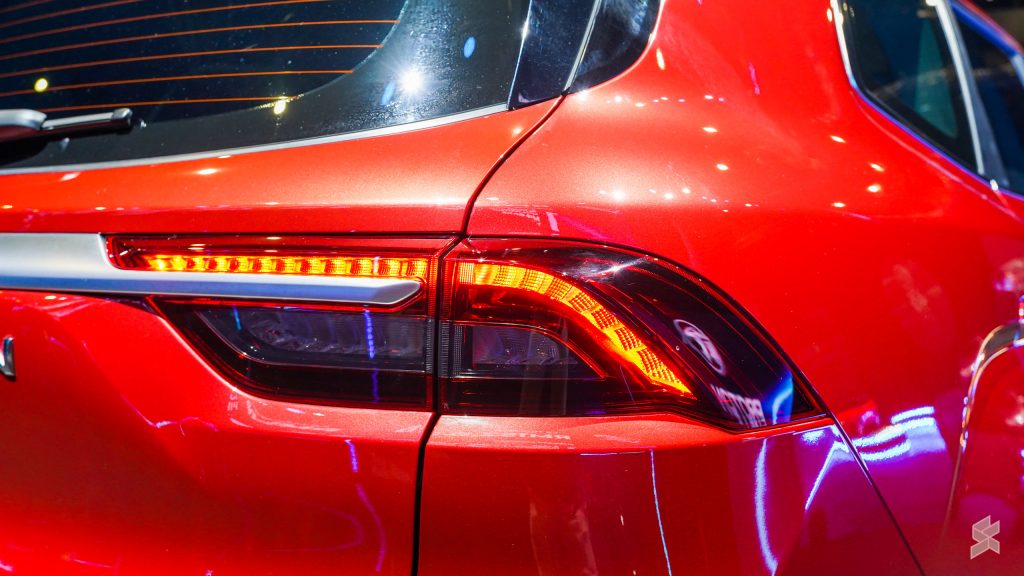
A much larger change can be found under the skin, where you’ll find independent multilink rear suspension instead of the Haoyue’s more rudimentary torsion beam setup. This brings the car in line with its competition (Peugeot aside) and should ensure a more sophisticated ride. This upgrade required 96,000 additional man hours and 1.2 million kilometres of additional testing.
All models come with LED front fog lights, silver roof rails and 18-inch machined-finish alloy wheels, with the Premium and Flagship models set apart by larger 19-inch rollers.
Recognisable interior with a few modifications
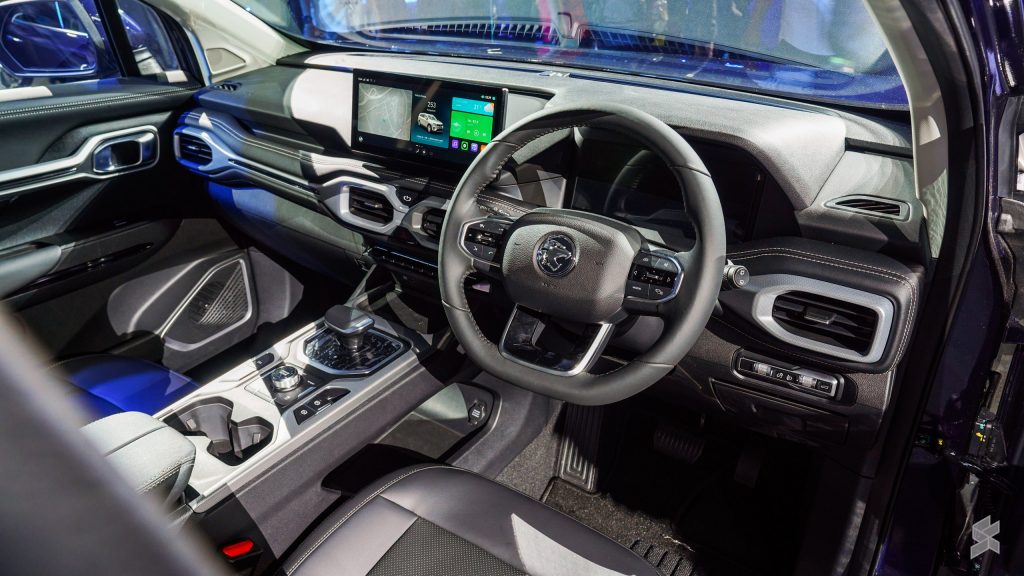
The similarities continue on the inside, which inherits the Geely’s “infinity loop” design around the air vents, prominent door grab handles and centre console. You’ll also find a three-spoke steering wheel, a stubby gearlever and a rotary drive mode selector.
Also fitted is a freestanding 12.3-inch infotainment touchscreen on the range-topping Flagship variant—the largest ever fitted to a Proton—running on a faster E02 processor developed by Geely, along with 6GB of RAM and 64GB of internal storage. It uses ACO Tech’s in-house Atlas UI, which is currently found across the Proton lineup, from the Iriz/Persona twins to the X70.
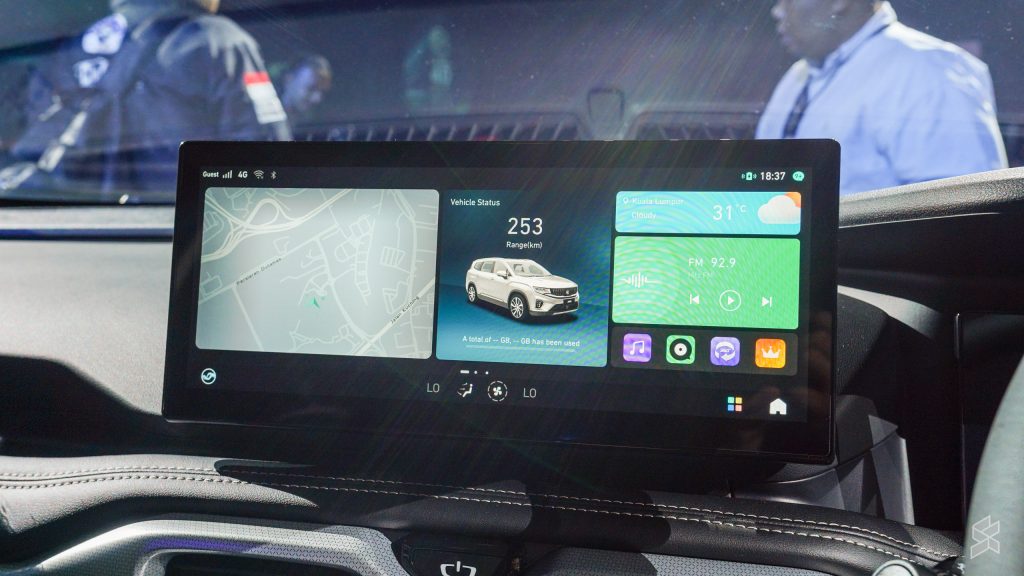
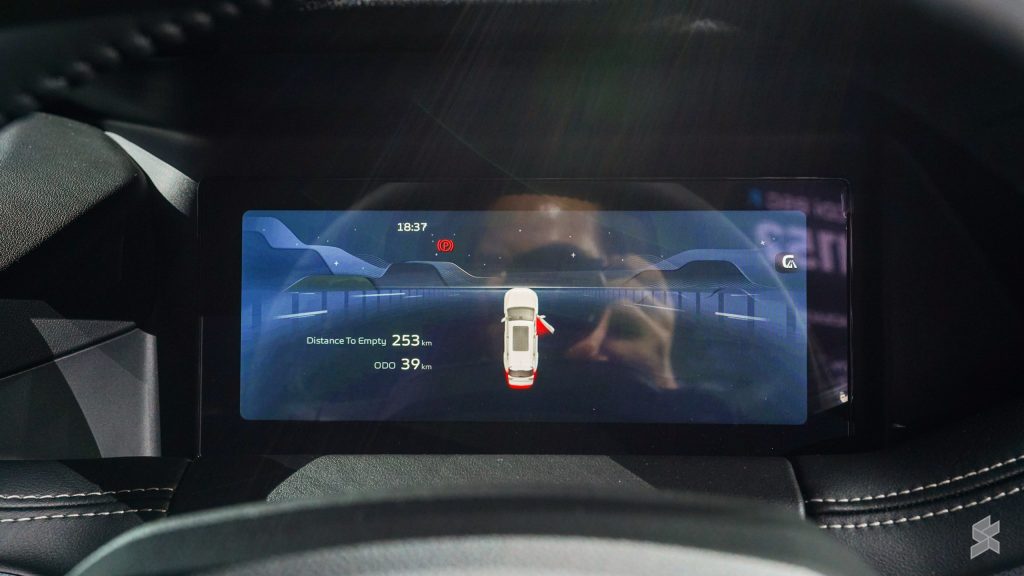


The X90 continues to feature the “Hi Proton” voice control system, which can work everything from the air conditioning to the windows. It also incorporates an eSIM to provide Internet data. A 10.25-inch instrument display, much larger than the seven-inch unit found in the X50 and X70, sits ahead of the driver and can be used to show a full-screen navigation map.
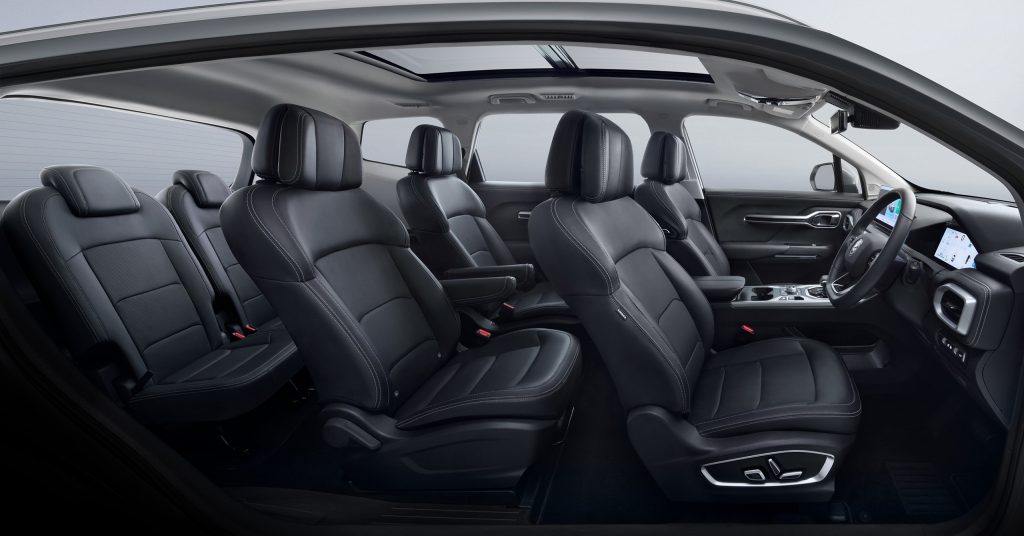
Aside from the right-hand drive conversion, there are a number of other interior details that separate the X90 from the Haoyue. For one, the Flagship model comes in a six-seater format with individual second-row “captain’s chairs”, replete with built-in armrests—not offered on the Geely version anywhere in the world. The first- and second-row “pillow” headrests are also unique to the Malaysian car.
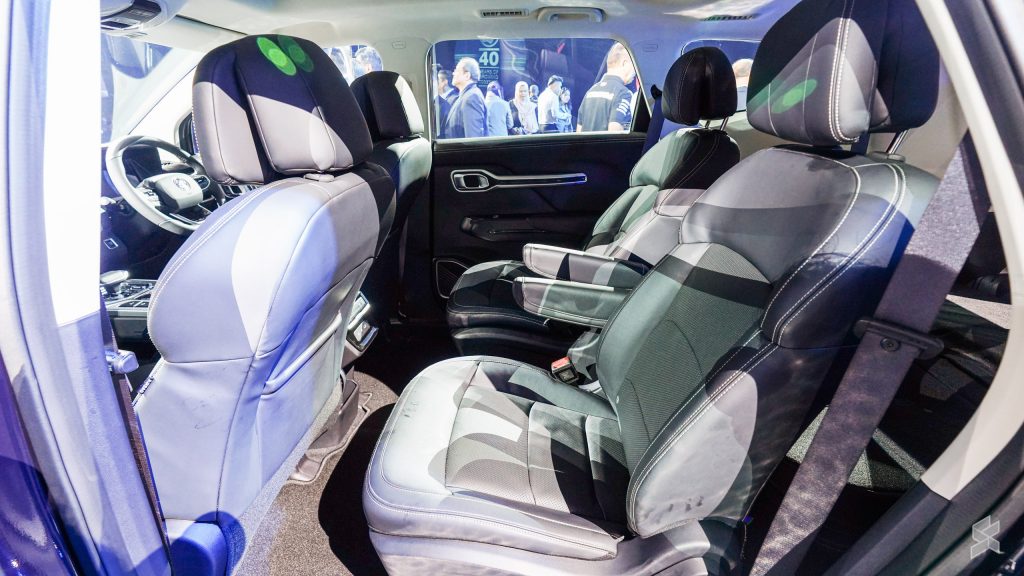
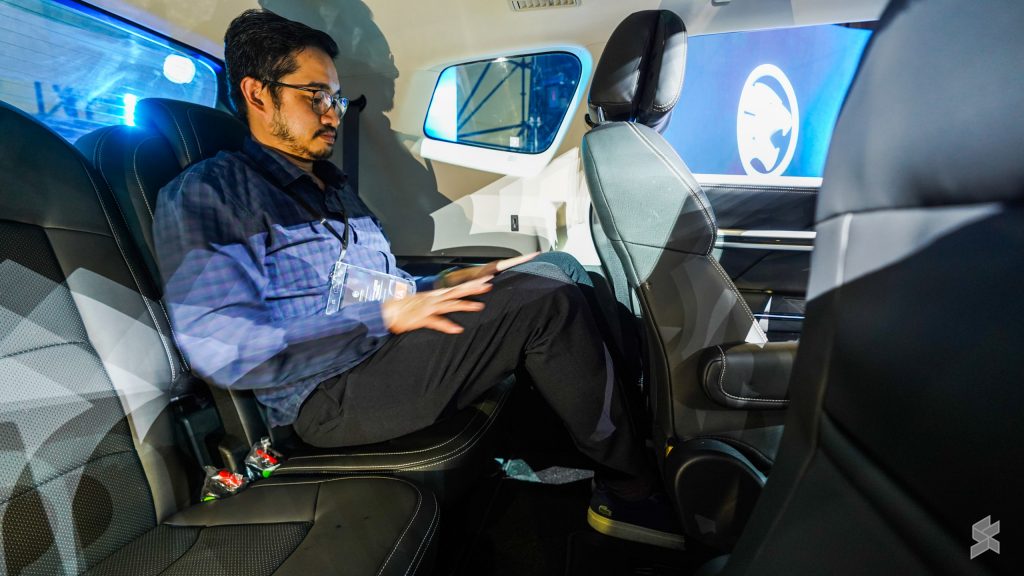
The seven-seater interior, which is fitted to the Standard, Executive and Premium models, is also different in that the second row is split 60:40 instead of 40:20:40 on the Geely. This should make it much easier to fold all the seats to boost cargo space, by reducing the number of steps needed.
Secondly, the rear air-conditioning vents, previously located aft of the centre console for the second row and on the window sills for the third row, have now been relocated to the ceiling for both rows. Taking their place are the redesigned second-row air-con controls, which lose their temperature adjustment but gain buttons for the rear seat ventilation, only offered on the six-seater Flagship. There’s also a new USB-C port for the second-row occupants.
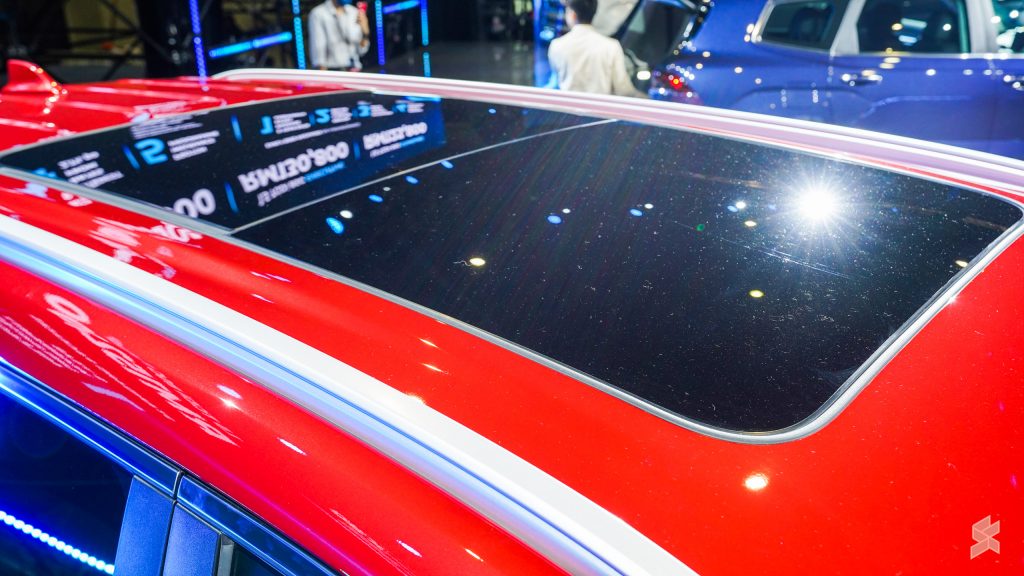
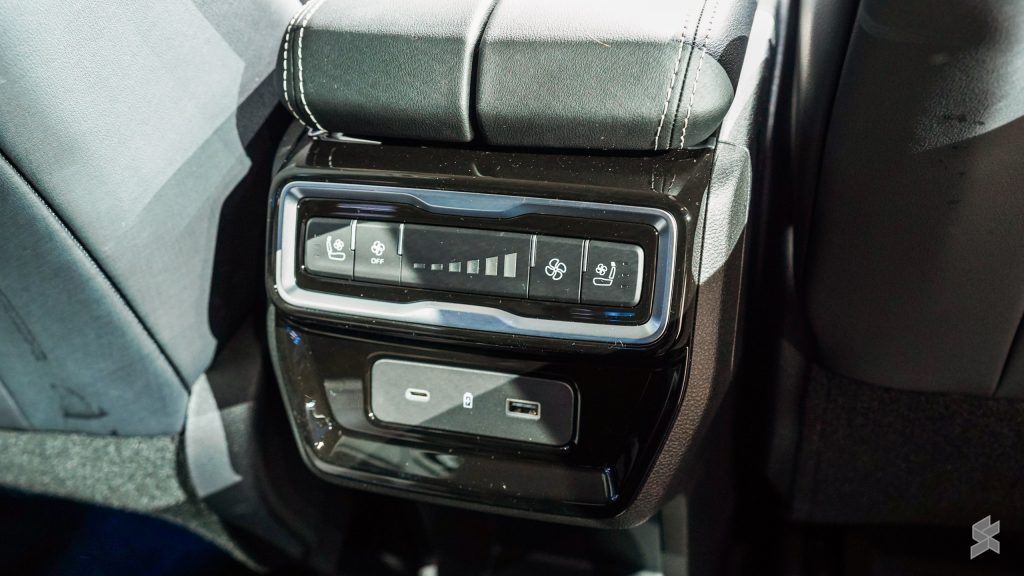
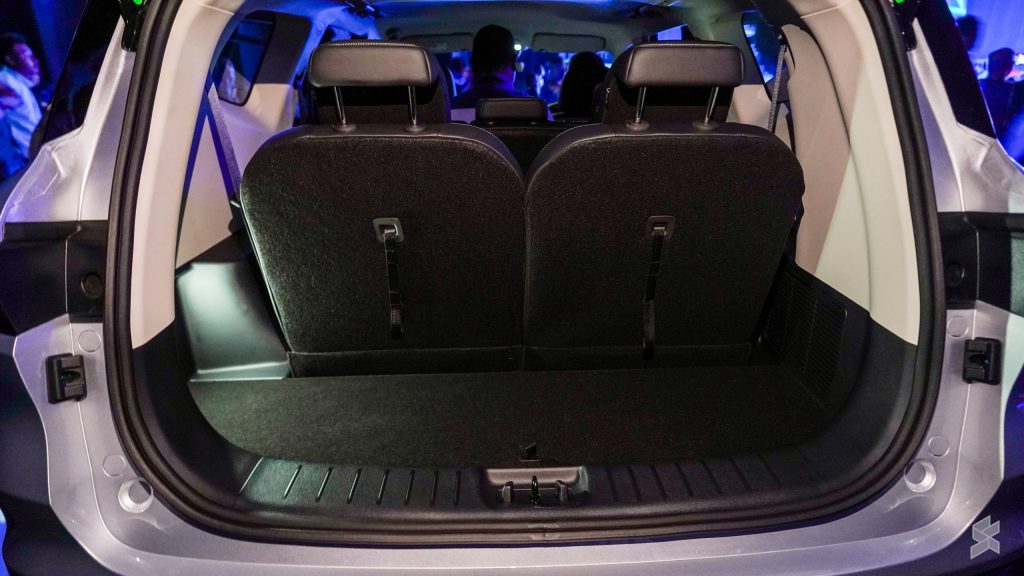
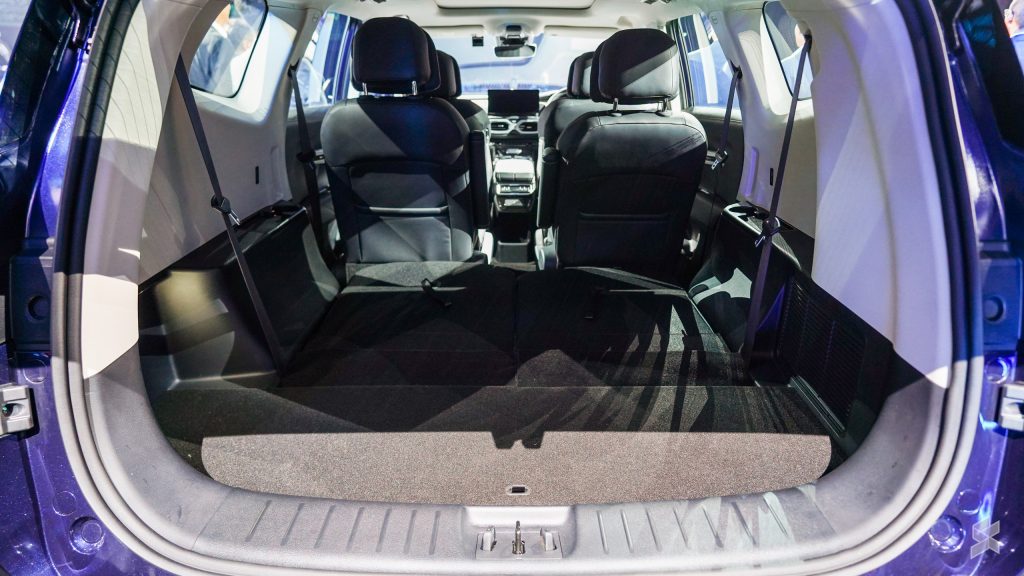
Fitted to the base Standard model are keyless entry with walk-away auto lock and remote engine start, dual-zone automatic air-con (with rear fan speed adjustment), fabric seats, an electronic parking brake, hill descent control and six speakers. The Executive variant adds auto wipers, power-adjustable front seats with ventilation, faux leather upholstery and a powered tailgate.
Step up to the Premium model and you’ll get Nappa leather trim, an auto-dimming rear-view mirror, ambient lighting, security window tint and a Qi wireless charger. There’s also a hands-free tailgate, but rather than using a kick sensor underneath the rear bumper, there’s instead a proximity sensor that detects if you’re holding the key near the tailgate and opens it after three seconds. Shoulder (or “boss”) switches for the passenger seat power adjustment and a panoramic glass sunroof are only fitted to the Flagship model.
According to paultan.org, the X90 has 257 litres of boot space with all seats up, and 2,050 litres with the second and third row folded. Unfortunately, there’s no cargo cover to protect your belongings from prying eyes. The space saver spare wheel is located underneath the rear of the car.
Full suite of driver assists, but only for top variants

In terms of active safety systems, the X90 introduces three new features for the brand, including rear cross traffic alert, rear collision warning and traffic sign recognition. Also fitted are the usual driver assists, such as autonomous emergency braking, adaptive cruise control with stop and go and lane centring assist, meaning that it offers Level 2 semi-autonomous driving. You also get emergency lane keep assist, park assist and automatic high beam.
But there’s one big issue—all of these items (save for rear collision warning and rear cross traffic alert, which are standard) are only fitted to the Premium and Flagship models. This means the Standard and Executive variants are not even offered with AEB, which is a major omission for the price. At the very least, you get six airbags, stability control, blind spot monitoring and a door opening warning as standard, enabling the X90 to achieve a five-star ASEAN NCAP safety rating.
Also standard are front and rear parking sensors and a reverse camera, with the Executive model adding a 360-degree camera system (with a 3D view function) and a tyre pressure monitoring system.

